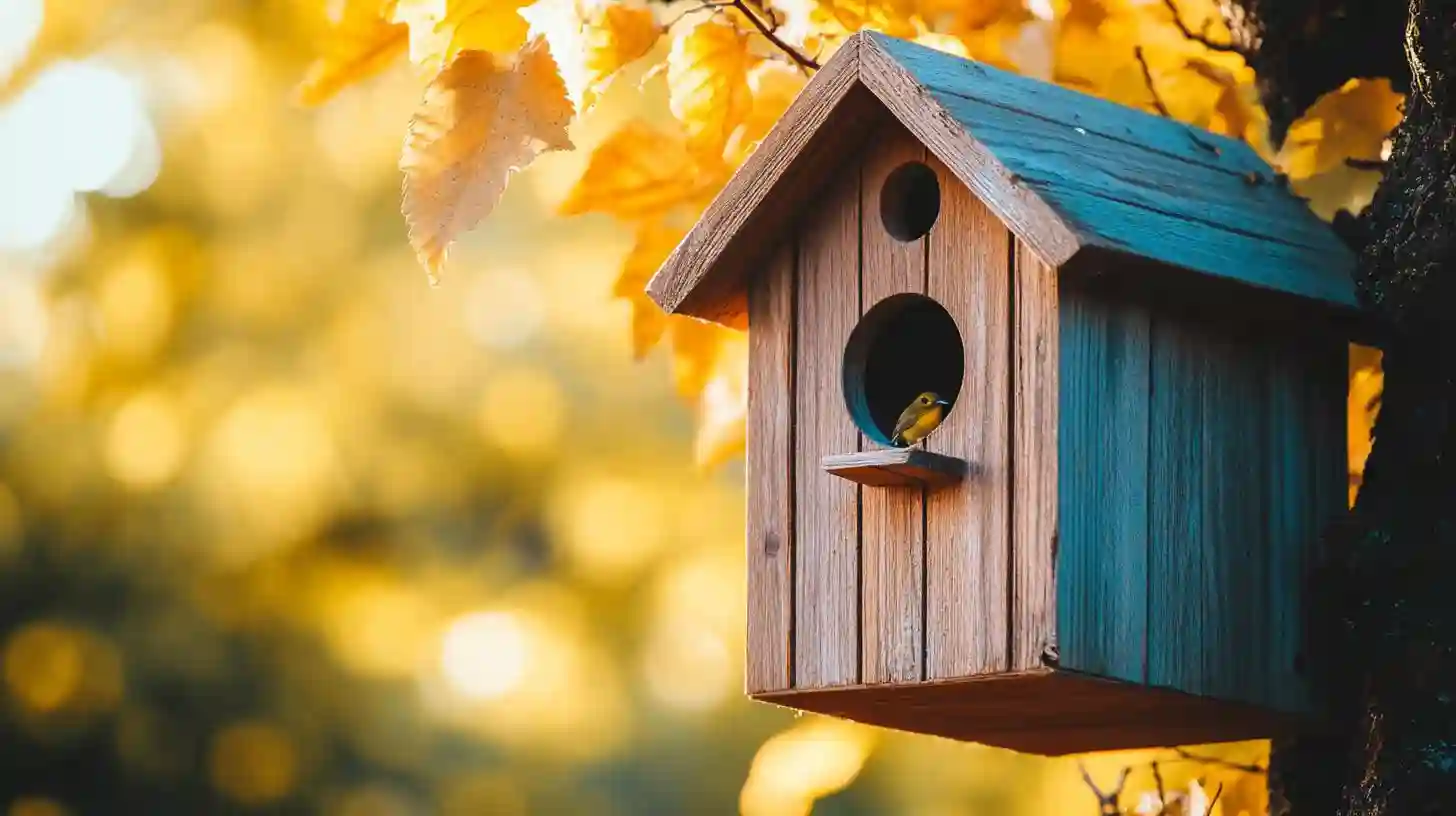
Handcrafting your own birdhouse is not just a delightful way to engage with nature; it also allows you to tap into your creativity and enjoy a fulfilling outdoor project. Building a birdhouse can be a rewarding experience, whether you are a seasoned crafter or a beginner looking for a new hobby. As you embark on this enchanting journey, you will connect with the natural world in a meaningful way while creating a cozy home for our feathered friends.
To start this project, gather your materials. You will need wooden boards, which could be made from cedar, plywood, or any untreated wood that is safe for your avian guests. Wood screws, nails, or wood glue will be necessary for assembly, along with some basic tools such as a saw, drill, and measuring tape. Don't forget sandpaper to smooth the edges and a paintbrush if you wish to enhance your birdhouse with colors or finishes that complement your garden or outdoor setting.
Before cutting any wood, plan your birdhouse design. Simple geometric constructions are often the easiest, and the classic shape is usually a square or rectangular box with a slanted roof. Determine the measurements based on the type of birds common in your area. Research the ideal dimensions, entrance hole size, and perch placement that would accommodate specific bird species. Make a rough sketch of the birdhouse layout. Visualizing the project will help you stay organized and on track as you gather materials and begin construction.
Once you have your sketch ready, it is time to cut the boards according to your planned dimensions. Make clean, straight cuts for better fitting pieces. Pay close attention to the sizes of the walls, roof, and floors. Gather all the individual parts: two side walls, a front wall with an entrance hole, a back wall, a floor, and two roof panels. If your design includes any decorative elements, such as a perch or ventilation holes, now is the moment to drill those.
After cutting all your pieces, it's time to assemble your birdhouse. Begin with the side walls. Attach them to the floor piece, ensuring that everything fits snugly together. Secure the pieces with wood screws or nails, depending on your preference. Work diligently to ensure the corners are straight and even. Once the sides are secured, add the front wall with its entrance hole, followed by the back wall.
Next, place the roof panels on top of the structure. A slanted roof will facilitate water drainage and help keep the interior dry. Depending on your design, you may choose to hinge the roof for easy access during cleaning, or simply secure it in place. Ensure there are no gaps to protect the inhabitants from rain and predators.
Now that the birdhouse is assembled, take a moment to sand down any sharp edges or rough surfaces. This step is crucial to avoid hurting curious little birds or harming yourself during the installation. After sanding, you can paint or stain your birdhouse. Opt for non-toxic colors to keep it safe for wildlife; you can also decorate it with fun patterns or designs that enhance your outdoor space. Personalizing the birdhouse adds an individual touch and makes it a standout piece in your garden.
If you decide not to paint, leaving the wood untreated allows it to naturally weather over time, blending beautifully with the outdoor environment. Whatever route you choose, be sure to let everything dry completely before hanging your birdhouse.
When the birdhouse is fully constructed and decorated, find an ideal location to hang it. A tree or a pole in your backyard works well, ensuring it is at a safe height above ground. Make sure to survey the area for sunlight and shelter from extreme weather, both of which are essential for the comfort and safety of the birds. Consider facing the entrance away from prevailing winds to provide additional protection.
Last but not least, patience is key. After installation, it may take some time before birds discover their new home. Continue with your regular outdoor activities, and enjoy the anticipation as you await feathered visitors.
Engaging in this process of crafting a birdhouse not only contributes to local wildlife conservation but also establishes a deeper connection with nature. The joy of watching birds come and go, building their nests, and raising their young will be a delightful reward for your effort. This activity promises not only to beautify your surroundings but also enrich your spirit as you partake in a timeless tradition of craftsmanship and care for the environment.